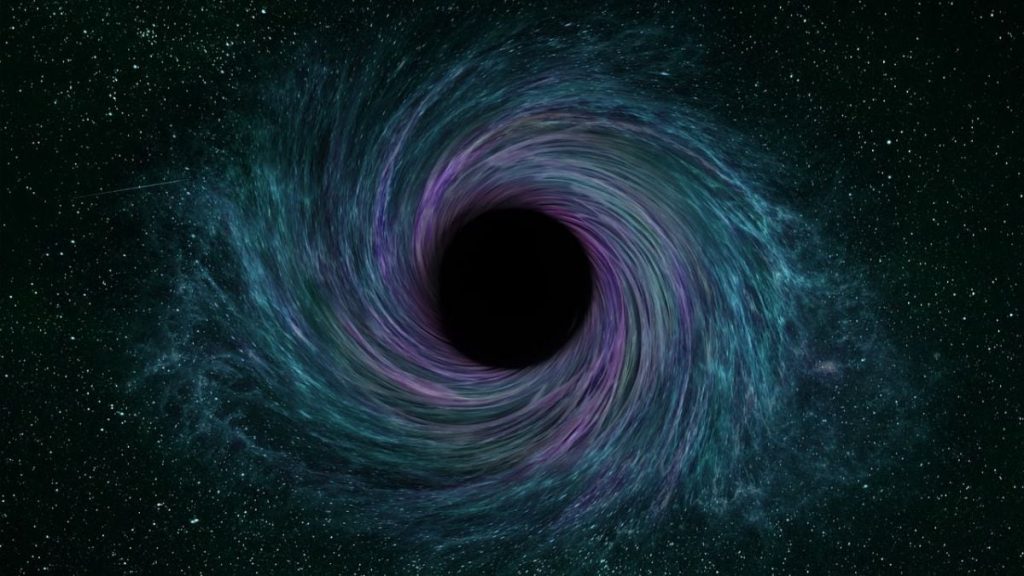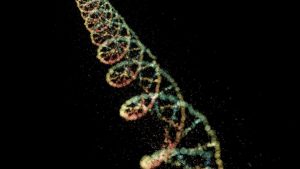Physicists Discover Singularities-Free Black Holes Using Pure Gravity

A breakthrough in theoretical physics has led to a fresh understanding of black hole formation, suggesting they can emerge purely from gravitational effects without requiring exotic matter. This advancement challenges long-standing notions derived from General Relativity, where singularities are predicted to exist at the core of black holes, causing the breakdown of physical laws. Researchers from the Institute of Cosmos Sciences of the University of Barcelona (ICCUB) have put forth a mathematical framework demonstrating that an infinite series of higher-order gravitational corrections can eliminate singularities, paving the way for the existence of regular black holes.
New Model Challenges Previous Assumptions
According to the study published in Physics Letters B, traditional models relied on exotic matter—hypothetical substances with negative energy density—to counteract singularities. However, this new research establishes that modifications to Einstein’s equations, as predicted by quantum gravity, suffice to generate black holes without singularities. The findings indicate that pure gravity alone can achieve this phenomenon, streamlining the theoretical framework required to explain black hole formation.
In an interview with Physics Letters B, Pablo A. Cano, a researcher from the Department of Quantum Physics and Astrophysics at ICCUB, stated, to phys.org that the beauty of the construction is that it is based only on modifications of the Einstein equations predicted naturally by quantum gravity. No other components are needed.
Application to Higher-Dimensional Space-Time
The research primarily applies to space-time dimensions of five or more due to technical simplifications in the calculations. Despite this, scientists believe similar conclusions would hold in four-dimensional space-time, aligning with the physical universe as currently understood. Robie Hennigar, a researcher at ICCUB, explained to phys.org, that most scientists agree that the singularities of general relativity must ultimately be resolved, although very little is known about how this process might be achieved. He further stated that their work provides the first mechanism to achieve this in a robust way, albeit under certain symmetry assumptions.
Implications for Astrophysics and Thermodynamics
Beyond addressing singularities, the study also evaluates the thermodynamic properties of these black holes, confirming that they adhere to the first law of thermodynamics. The robustness of this theoretical model strengthens its potential applicability to real astrophysical scenarios. Plans are in place to further examine the implications in four-dimensional space-time, assess stability, and explore potential observational signatures of these regular black holes.
Hennigar further added that it is not yet clear how nature prevents the formation of singularities in the universe, but they are hoping that their model will help them gain a better understanding of this process.
Ongoing research continues to investigate the fate of matter falling into these singularity-free black holes, with expectations of significant findings in the near future.



